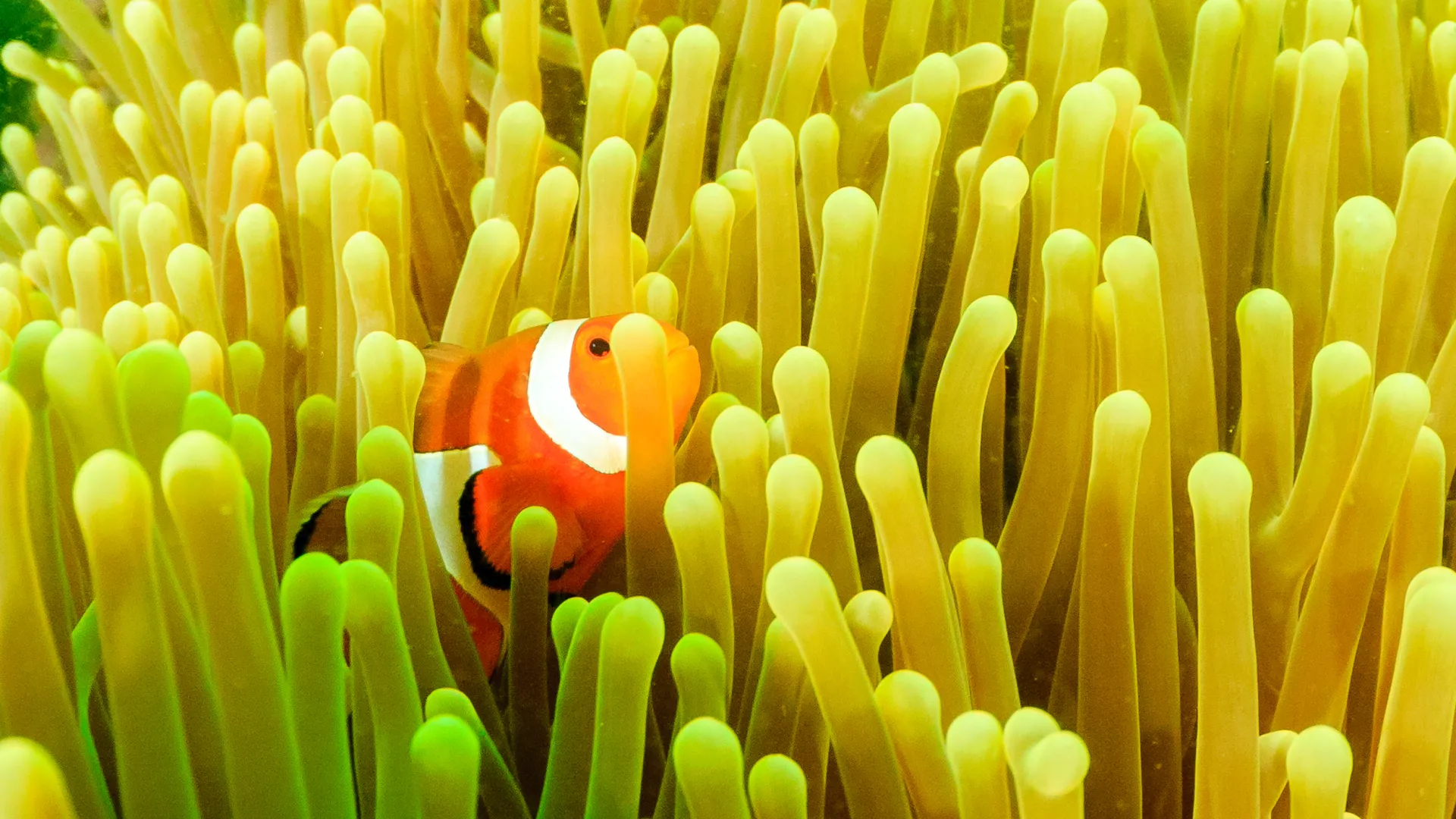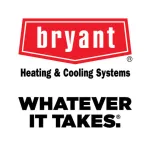
COVID-19 Response for Schools: Air Filtration
Harvard Guidance for Air Filtration in Schools
Air filters in schools can help mitigate long-range airborne viral transmission by removing COVID-19 particles from any air that is recirculated through the building. Air filters are graded based on their MERV rating, which indicates the percentage and size of particles the filters can capture. Filters with a higher MERV rating are able to capture a larger percentage of particles and remove smaller particles from the air.
Filtering Indoor Air
Increase the level of the air filter to MERV 13 or higher on recirculated air to help capture COVID-19 particles.
Inspect filters to ensure they are installed and fit correctly.
Check that sufficient airflow can be maintained across the filter.
Maintain and change filters based on the manufacturer's recommendation.
Verify Ventilation and Filtration Performance
Verify your systems through commissioning and testing.
Work with an expert to evaluate building systems, ventilation, filtration, and air cleaning.
Measure carbon-dioxide as a proxy for ventilation. Check that CO2 levels are below 1,000 ppm when the classroom is fully occupied to ensure proper ventilation.



